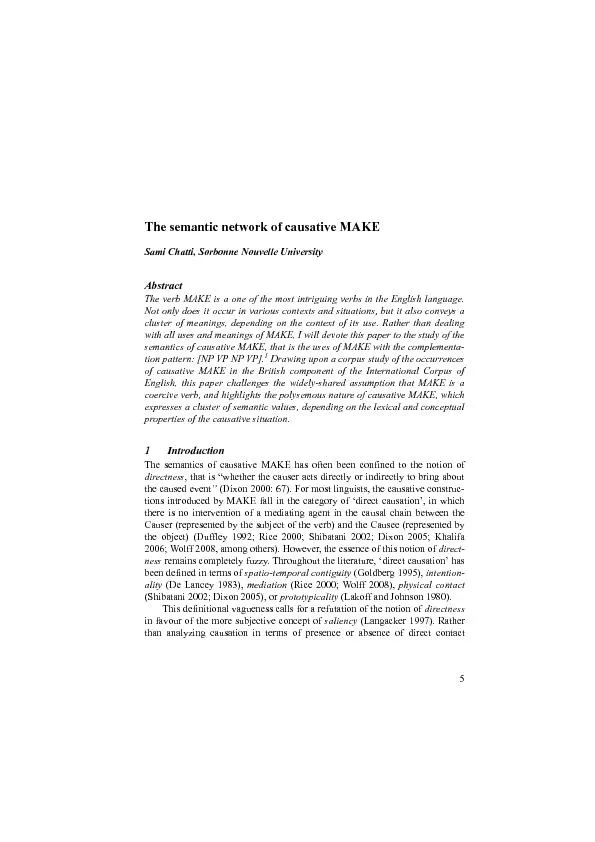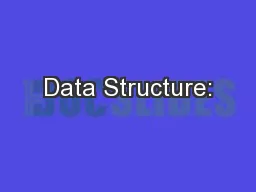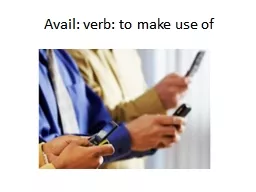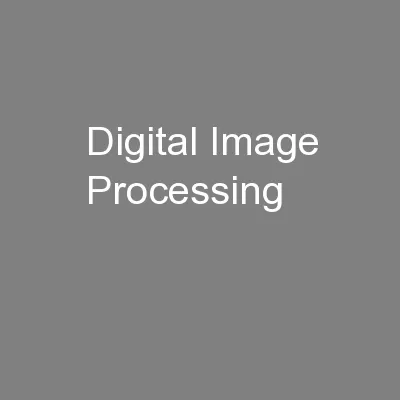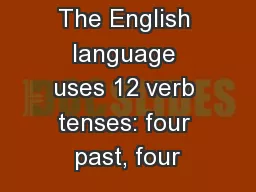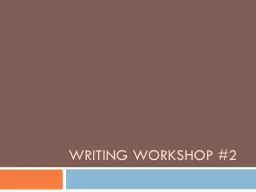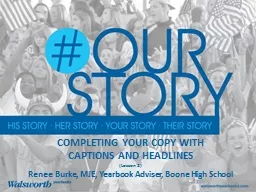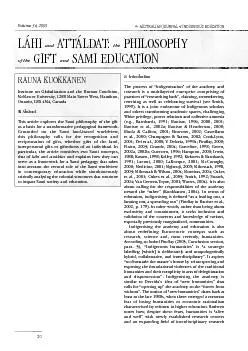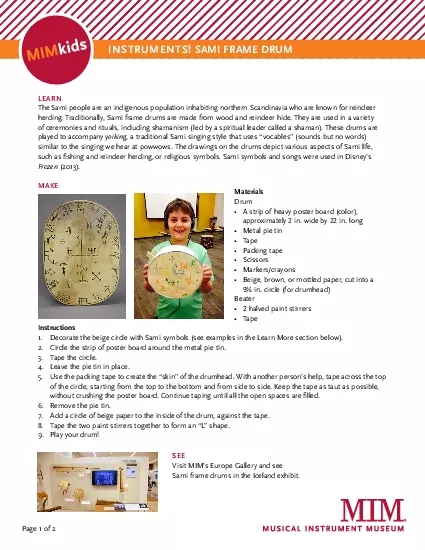PDF-Sami Chatti, SorbonneThe verb MAKE is a one of the most intriguing ver
Author : conchita-marotz | Published Date : 2016-03-05
ICAME Journal No 35between the Causer and the Causee I will portray the causative situation interms of a very basic energy flow process which emanates from the Causerenergy
Presentation Embed Code
Download Presentation
Download Presentation The PPT/PDF document "Sami Chatti, SorbonneThe verb MAKE is a ..." is the property of its rightful owner. Permission is granted to download and print the materials on this website for personal, non-commercial use only, and to display it on your personal computer provided you do not modify the materials and that you retain all copyright notices contained in the materials. By downloading content from our website, you accept the terms of this agreement.
Sami Chatti, SorbonneThe verb MAKE is a one of the most intriguing ver: Transcript
Download Rules Of Document
"Sami Chatti, SorbonneThe verb MAKE is a one of the most intriguing ver"The content belongs to its owner. You may download and print it for personal use, without modification, and keep all copyright notices. By downloading, you agree to these terms.
Related Documents

